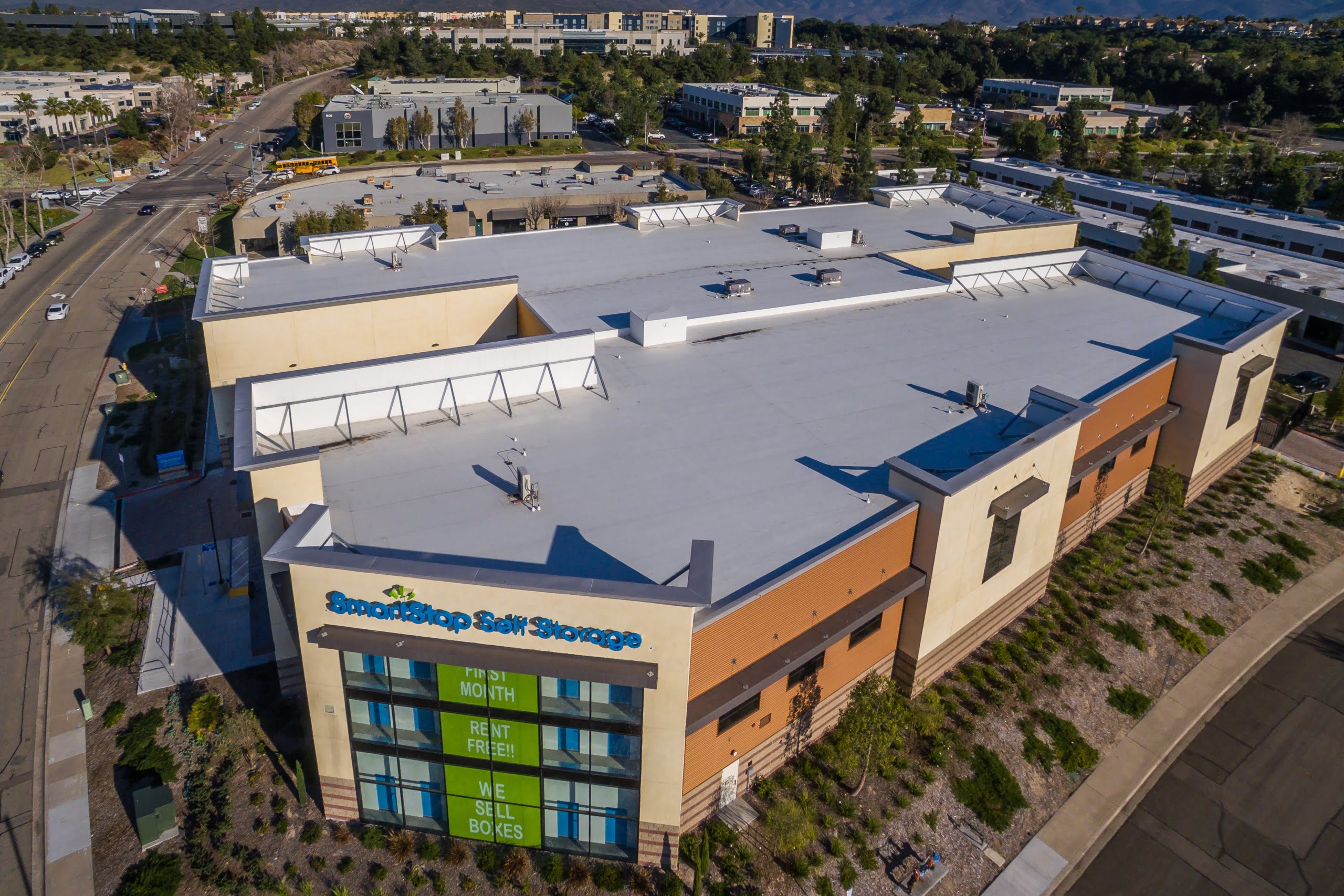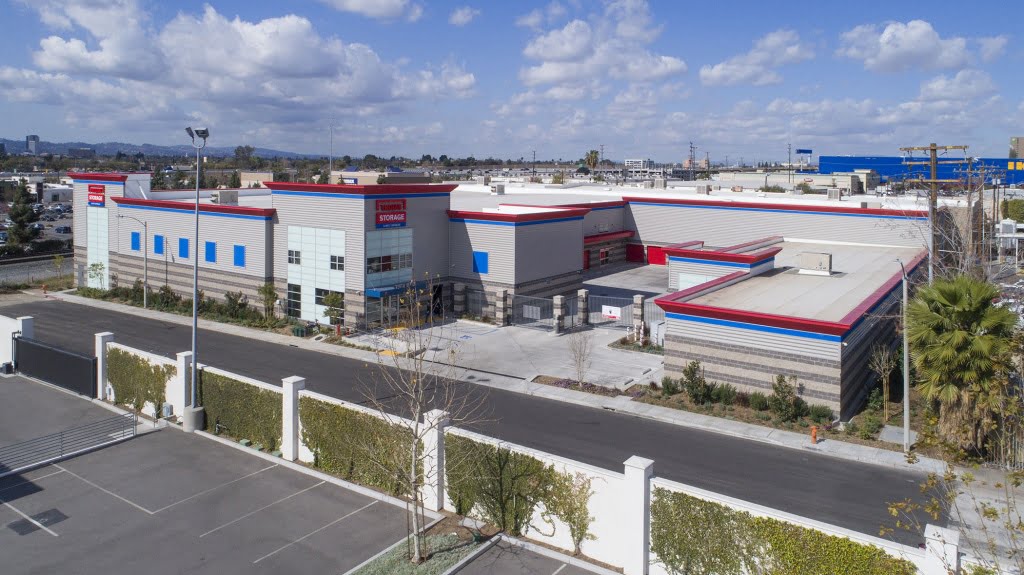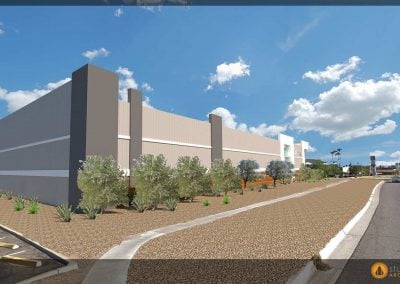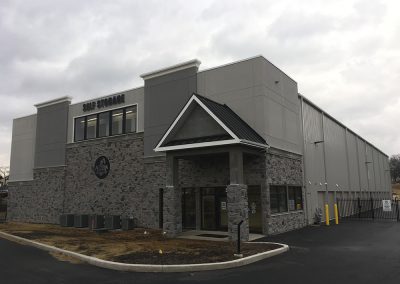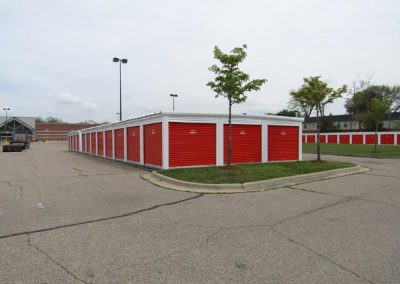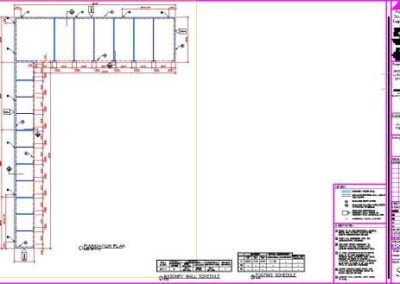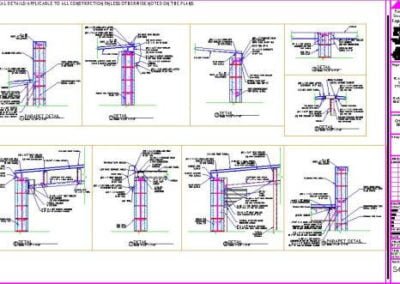Self-Storage Engineering
Why Is Self-Storage Design Important?
The Self-Storage world is ever-changing. Storage facility engineering and design is key to making sure your facility will keep up with the times. Most self-storage construction is simple— including only a concrete slab and a metal building system on top of that slab. Working with an architect or a structural engineering firm, such as PSE Consulting Engineers, Inc. (PSE), to assist in the design and planning of your facility is important. Your storage facility design must meet the needs of the local community. You will need proper space sizes to achieve a good mix for your given area, all while eliminating any unused space.
Most storage facilities are light gauge steel buildings, but there are a large variety of finishes and styles available to accommodate your every need and want. Each of these styles is unique as far as the appearance, strength, and compatibility with other materials. When making decisions on design and materials, you will need to take into consideration moisture, thermal control, and the flexibility for future changes.
The Design Process
Depending on the size of your self-storage project, you may choose to work with an architect or with a sustainable Structural Engineer to develop your own design. Engineering consulting companies can work with you on drawings and specifications for your project; these will be considered construction documents. These documents or plans are written instructions explaining the work required to construct and complete your self-storage facility project.
If the design work is beyond the scope of work for a structural engineer (usually anything over a single story facility), you will be referred to an architect to help determine the best storage facility design for you. The architect will also represent you during the construction phase to assure construction is in accordance with the prepared documents.
Construction Drawings
Most construction drawings begin with a survey of the land on which your facility will be constructed on. This includes an overall drawing of the project that is fitted within the actual boundaries created at the time of the survey. This is called a site plan.
If you are using an Architect, other work will include:
- A Plot Plan showing the location of the project in relation to the property you will be constructing on
- Floor Plans showing the walls for each level, as well as dimensions and basic design indicators for these walls and other areas.
- Drawings or renderings of all exterior sides of the building, this is considered the
- A cross-section drawing that will indicate foundation, walls, roof construction, floor levels and more, called Cross Sections
- A Large-scale, detailed drawing showing all construction details necessary for the project.
Civil Engineering Services will most likely be needed on the sole fact that a civil engineer is familiar with local restrictions on land use, as well as building setbacks, zoning, location of utilities, etc.
Why should you design and build a storage facility?
Self-Storage is one of the fastest growing industries in the United States. These facilities often succeed in the worst economic times. During periods of crisis, people often look to lower their expenses, possibly through a residential downsize. However, this does not mean they always downsize their possessions. Therefore, storage facilities can play an important role during these times.
Build Self-Storage with PSE
If you are ready to begin a project with our self-storage engineers, PSE’s experienced structural engineering consultants can assist you all the way through the process. Bring your ideas to us and we will work closely with you to design the perfect facility for your needs. Our team has engineered many self-storage projects throughout the United States, and these have provided us the experience needed to ensure efficiency and quality when it comes to storage facility engineering and design. See our portfolio or contact us today to start your project.
Structural Engineering of Self-Storage
The architect or designer you are working with will reach out and set you up with a Structural Engineering Consultant. When working with a structural engineer, you will hear terms like:
- Vertical loads
- Lateral loads
- Stresses
- Seismic
- Snow load
- Wind load
All these terms hold valuable pieces that contribute to the safety and structural integrity of the self-storage facility you are building. A Structural Engineer will work on all components of the building individually to determine all of the possible forces that will acting upon this structure. They will make sure that all materials used and the way they are constructed together, are going to be strong enough to withstand all forces (external and internal) applied to the building, as well as their ability to withstand their own weight.
If you are constructing a simple single-story self-storage facility PSE or your Structural Engineer may be able to provide the details, or work of an Architect, to help save time and money.


